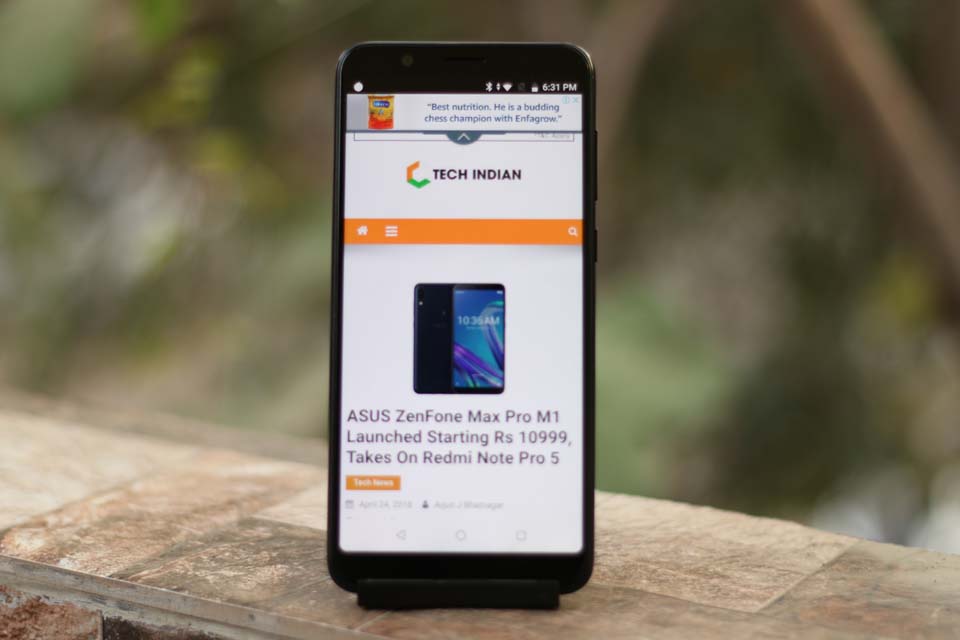A pure Android experience has proven to be successful on a number of smartphones, and ASUS is now beginning to explore that market with one killer mid-range smartphone, the ZenFone Max Pro M1 is what the company calls it a gaming phone that doesn’t break the bank, it runs Pure Android Oreo 8.1 and has got a powerful Snapdragon 636 processor and a 5000mAh battery inside. But is this a deal that’s too good to be true? Time to find out with our full review of the Zenfone Max Pro where we will delve in the build quality, price, camera and more!
Build and Design – Zenfone Max Pro Review
The ZenFone Max Pro M1 came in as a surprise announcement from the company, not only is it a really good looking phone, it packs a number of features that makes it a serious contender to Xiaomi’s Redmi Note 5.

The ZenFone Max Pro M1 features a solid build with a metal body and a 6-inch 18:9 FHD+ display with thankfully no notch. The LCD display is good enough for watching movies, playing games or anything else that you might like to do on your phone.
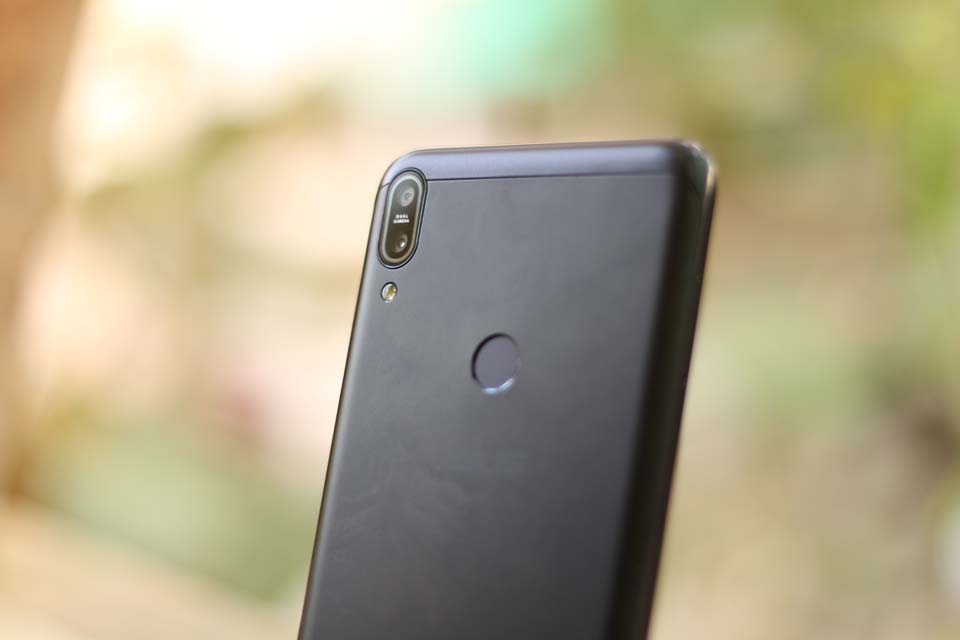
The ZenFone Max Pro M1 features a mono speaker which is pretty loud when maxed out but gets distorted while playing music with high notes on full volume. The rear fingerprint scanner is functional and snappy. The face unlock feature is a total gimmick and uses the front camera for the same. It is quite a hit and a miss.
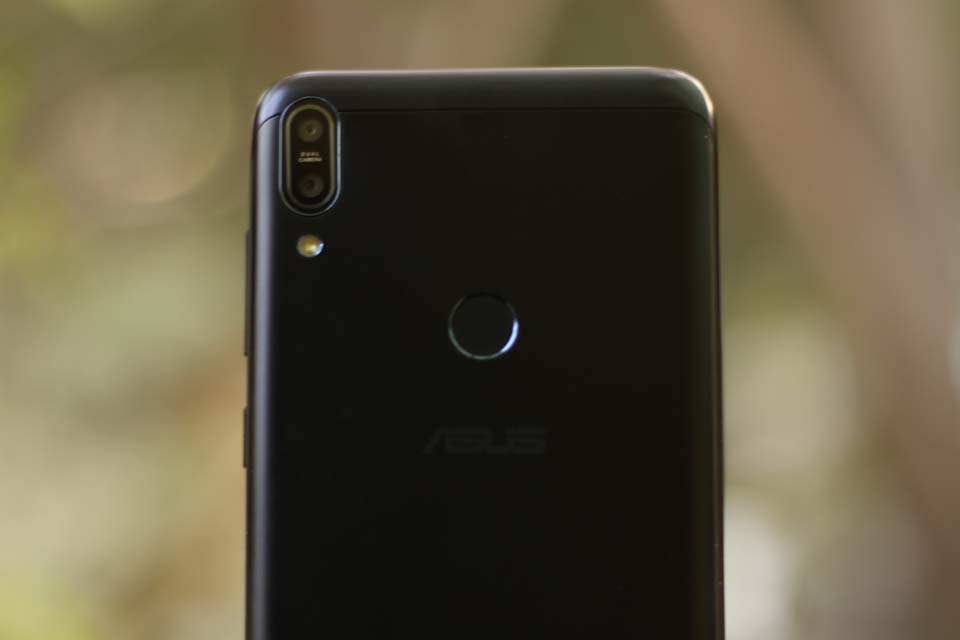
The Dual camera set up sits plush at the back. This means your camera will not get scratched even if you do not put a case on your ZenFone Max Pro. The volume rockers and the power button sit on the right side and the latter has grooves. These physical buttons are extremely clicky and give a really good feedback.
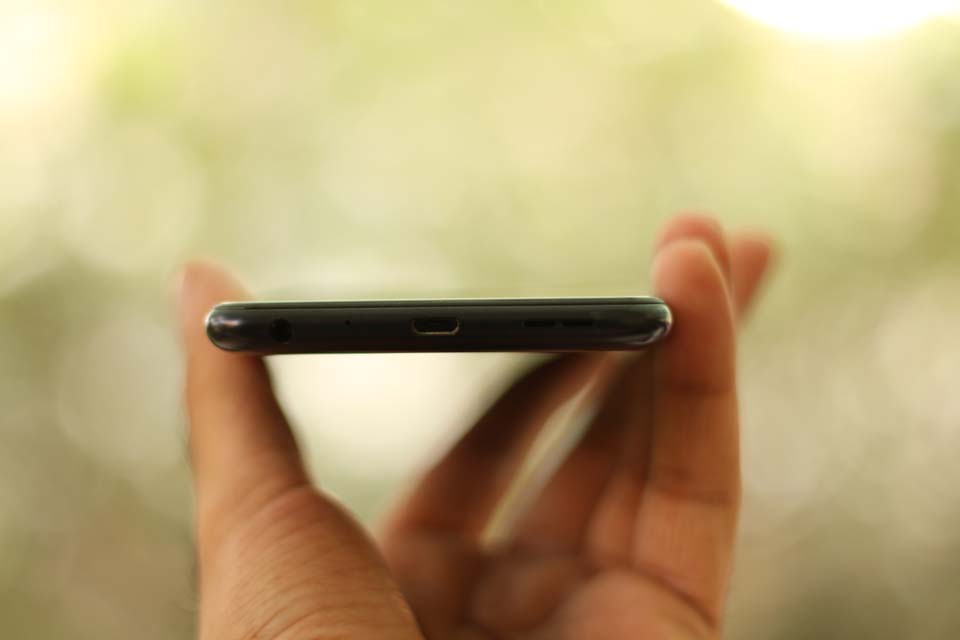
The botton of the device contain the mono speaker, micro USB charging port and the 3.5mm earphones jack. Good to see that Asus has retained the audio jack on the ZenFone Max Pro.
Software – ZenFone Max Pro Review
For the first time, ASUS hasn’t installed the ZenUI skin on top of Android, even though the ZenFone Max Pro isn’t on board the Android One program, ASUS has promised to deliver the latest Android software and security patches as soon as they are made available.
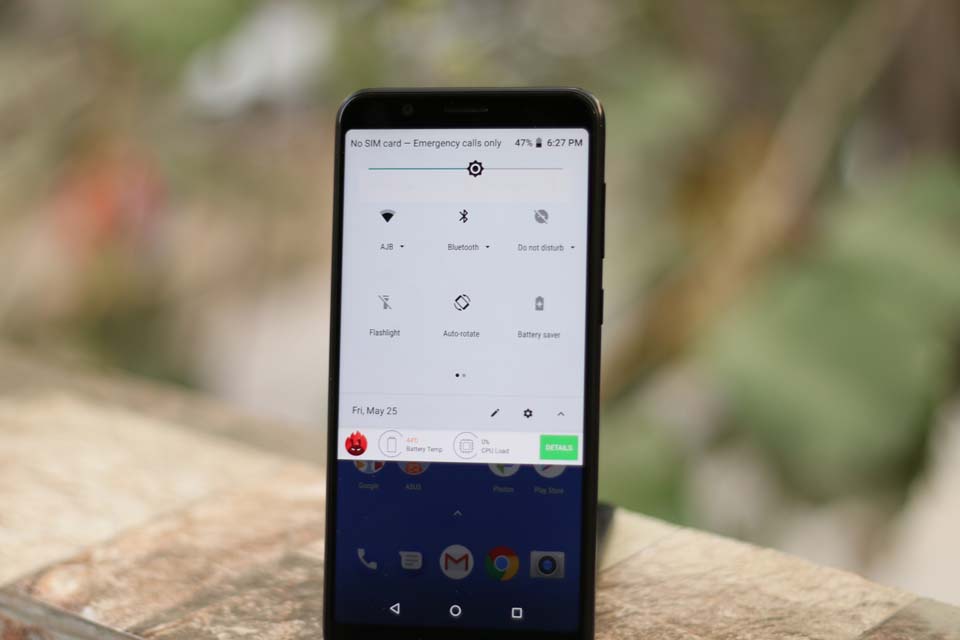
This we feel is a masterstroke as fans had not been happy with the bulky ZenUI for a while now and bringing in stock android feel to the ZenFone Max Pro has played well in the company’s favour. The device is quick and snappy to anything that you might throw at it. Multi tasking is a breeze thanks to the powerful SD 636 and the light UI.
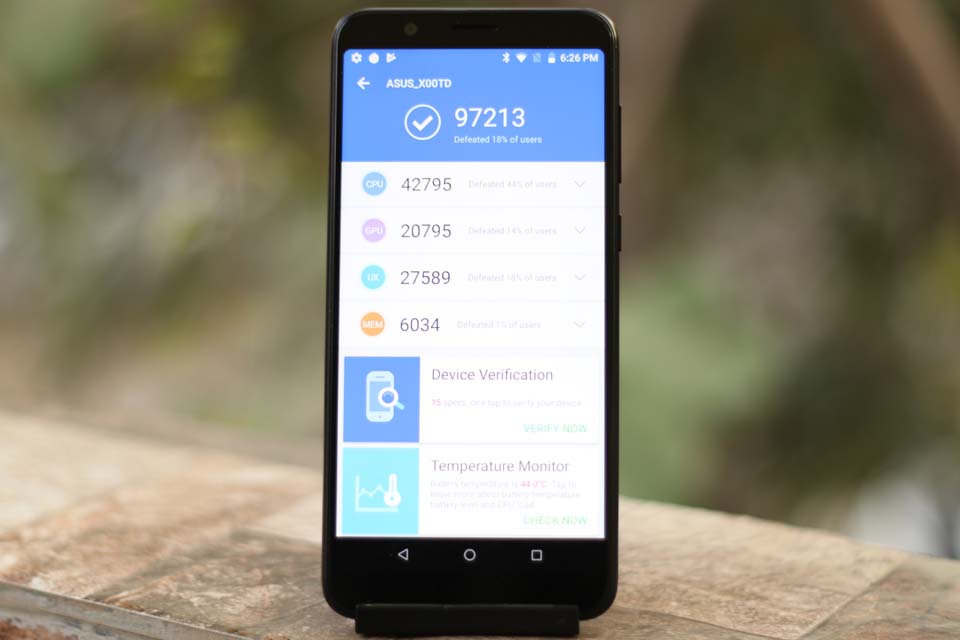
This is one of the best features of this device considering its biggest competitor, Xiaomi still uses the MIUI on the Redmi Note 5/5 Pro and that does hamper the true android experience that users and we have come to love.
Gaming – ZenFone Max Pro Review
The 636 chipset is a beast when it comes to 600 series chipsets. To expect it to give you the same performance as the SD 835 would be unrealistic but the ZenFone Max Pro proved its mettle with anything that we threw at it.

From stick cricket to PUBG, we had no issues in playing any game on this device. Infact, we were extremely surprised by how the device keeps much cooler than the Redmi Note 5 Pro, during gaming, which houses the same chipset.

However for games like PUBG you have to keep the GPU settings at medium because while the SD636 is a beast the Adreno 509 GPU is not exactly at par with the 530/540.
Battery – ZenFone Max Pro Review
Battery has been the USP of the “Max” series of phones from Asus and the ZenFone Max Pro does not deviate from that.
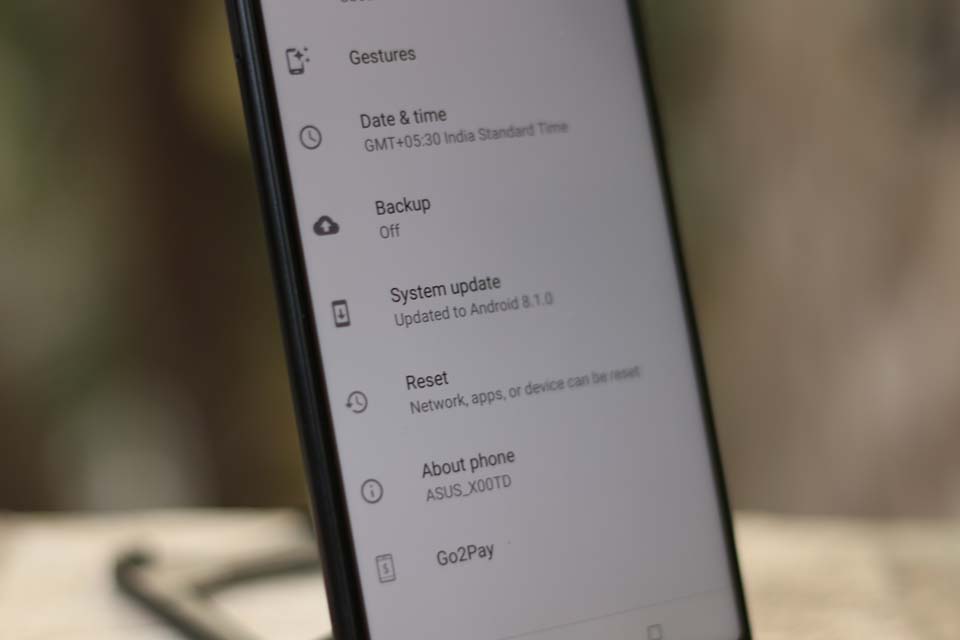
The battery on this device is exceptional! With 2 hours of gaming, 2 hours of video streaming, 2-3 hours of music playing on the loudspeaker and 2-3 hours of social media apps usage, the battery lasted us for 2 days without an issue. If you wish for a phone with plenty of juice, the ZenFone Max Pro will satiate you like none other.
Camera – ZenFone Max Pro Review
There is no way to put this out, the camera set up on the ZenFone Max Pro is mediocre at best. Asus has given a meager 5MP secondary camera which is used for depth sensing (a.k.a portrait mode) ONLY.

Asus could have taken this opportunity to add a wide/zoom secondary camera but I guess to keep the prices low they had to cut down on such aesthetics. The pictures come out well during ample light but suffer from some serious shutter lag, noise and distortion in low light. But then again, in the medium-budget segment, this is as good as cameras get these days.
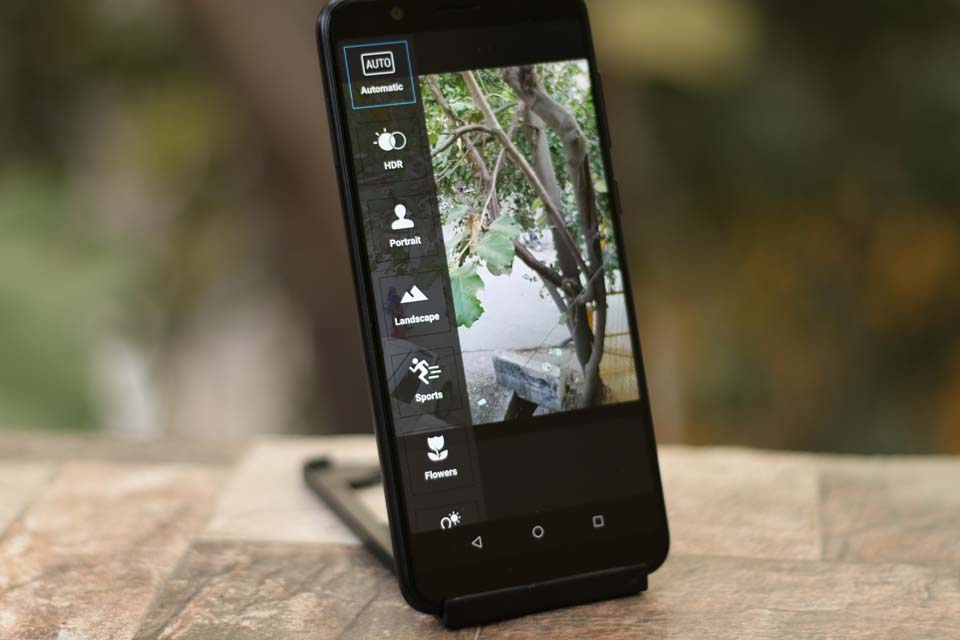
The selfie shooter on the ZenFone Max Pro is decent and you’ll be able to get good selfies and get alot of your friends in the shot too thanks to the wide front camera.
Pricing – ZenFone Max Pro Review
The ZenFone Max Pro has been priced extremely well with its Rs 10,999 starting price for the base model. This blows away companies like Xiaomi who have thought to provide good specs at a cheaper price.
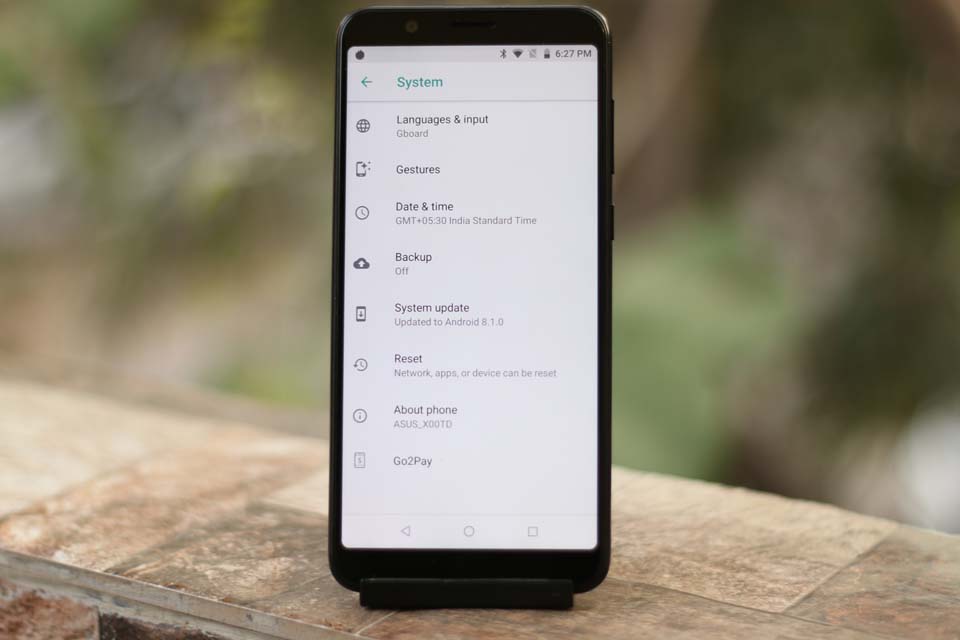
The base model has 3 GB RAM and 32GB of storage. Keep in mind that using a micro SD card to expand storage is an option here. The 4GB/64GB variant costs Rs 12,999. This is still better value for money when compared to the likes of Redmi Note Pro 5. There’s a 6GB/128GB variant in the pipeline too.
The Good
- Most affordable Snapdragon 636 powered device
- Unrivaled battery life
- Pure Android experience
- Dual 4G standby
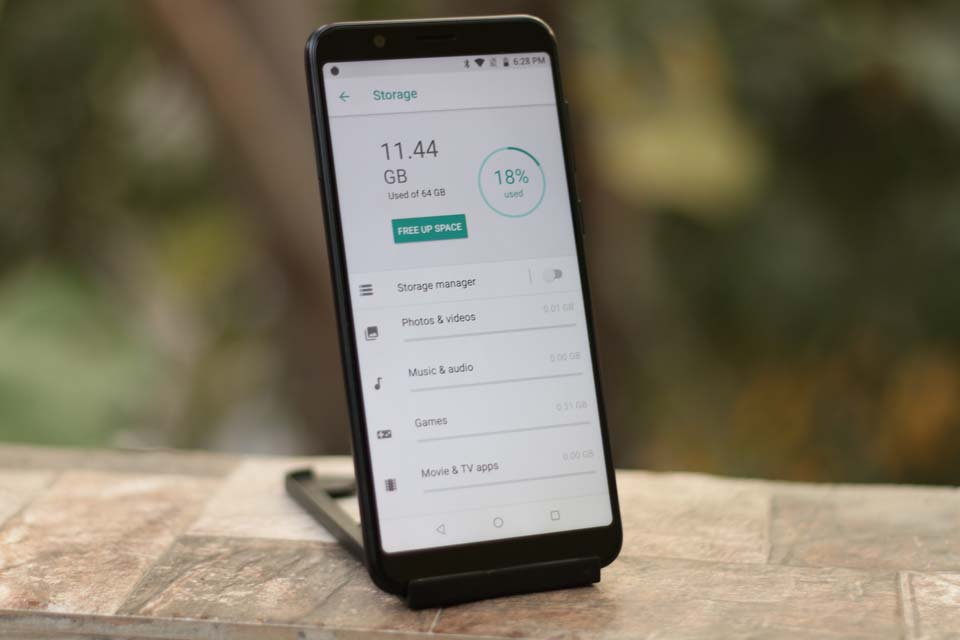
The Not so Good
- Mediocre speaker
- Average camera
Final Verdict – ZenFone Max Pro Review
In a nutshell, the ZenFone Max Pro M1 delivers its purpose as a powerful mid-range phone with an insane battery life. Except the camera, the device is glorious and we would suggest it to anyone in a jiffy. Asus has played a masterstroke keeping the ZenFone Max Pro on near stock android and the pricing is spectacular.

There is no other value for money device in this segment which could give you more bang for your buck than the Zenfone Max Pro.

